Sustainability trends shape IEA’s latest World Energy Outlook
The International Energy Agency (IEA) has published its anticipated World Energy Outlook 2017 report drawing attention to large-scale shifts that form the global energy landscape, including the rapid deployment of clean energy technologies and the growing electrification of energy.
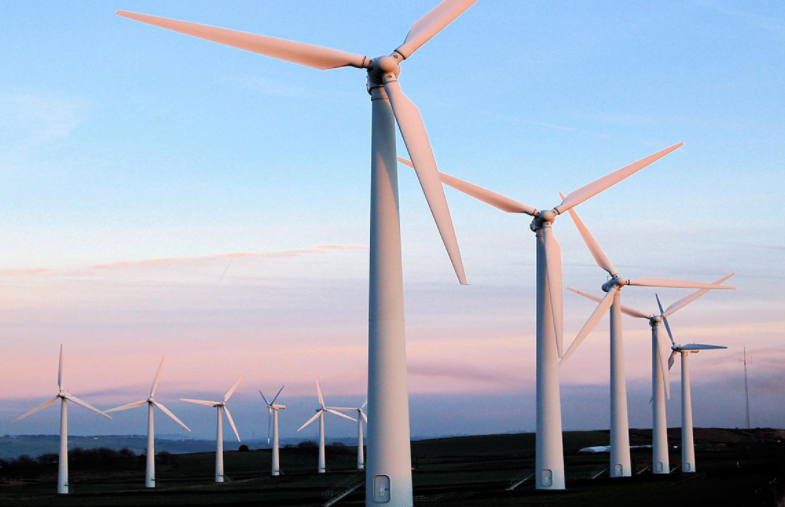
The International Energy Agency (IEA) has published its anticipated World Energy Outlook 2017 report drawing attention to large-scale shifts that form the global energy landscape, including the rapid deployment of clean energy technologies and the growing electrification of energy.
According to the new IEA report, global energy demand is projected to increase by 30 percent until 2040- an increase equivalent to doubling China and India’s energy needs.
Fossil fuels lose influence as low-carbon technologies will take over the lead role in meeting the world’s energy demand.
Renewables play the most pivotal role, as they are expected to meet 40 percent of global energy demand, followed by natural gas.
As shown in the graph below, coal and oil use is forecast to decrease dramatically, both in China and in the rest of the world.
Source: World Energy Outlook 2017, IEA
The IEA points out that renewable energy technologies have dominated energy capacity additions from 2010 to 2016, and will continue to do so in the years to come.
Solar will become the largest source of renewable energy after rapid deployment of solar PVs, led by China and India, contributes to further cost reductions worldwide. It is predicted that the technology will grow from 39 gigawatts (GW) in average annual additions from 2010-2016 to 74GW from 2017-2040.
Source: World Energy Outlook 2017, IEA
Annual additions of coal are expected to grow to 65GW, but these mainly constitute projects which have already been announced, or are under construction.
In the European Union, renewables are expected to account for 80 percent of new capacity, and wind power will become the main source of electricity after 2030.
Renewable energy sources are not only linked to the power sector, but also to heating and mobility sectors, which together contribute to the trend of worldwide electrification.
Electricity will be the most rising end-use of energy, accounting for up to 40 percent of energy final consumption by 2040.
Source: World Energy Outlook 2017, IEA
The report also sheds light on the power of China in setting worldwide energy trends.
For example, China’s call for an energy revolution, its aggressive policies against air pollution and the shift to a service-based economic model already contribute to the configuration of a new energy model centred around electricity, natural gas, energy efficiency and digital technologies.
However, health impacts of major pollutants are aggravated as premature deaths from outdoor air pollution rise from 3 million in 2017 to more than 4 million in 2040. This is despite policy interventions and anti-pollution technologies.
The IEA projects that under its ‘New Policies Scenario’ CO2 emissions increase slightly by 2040, alarming policymakers to accelerate climate action.
Greenhouse gas emissions are set to increase due to the significant increase in energy demand; yet, the increase would have been greater if it weren’t for the wide deployment of renewable energy sources.
You can access the Executive Summary of the World Energy Outlook 2017 here.

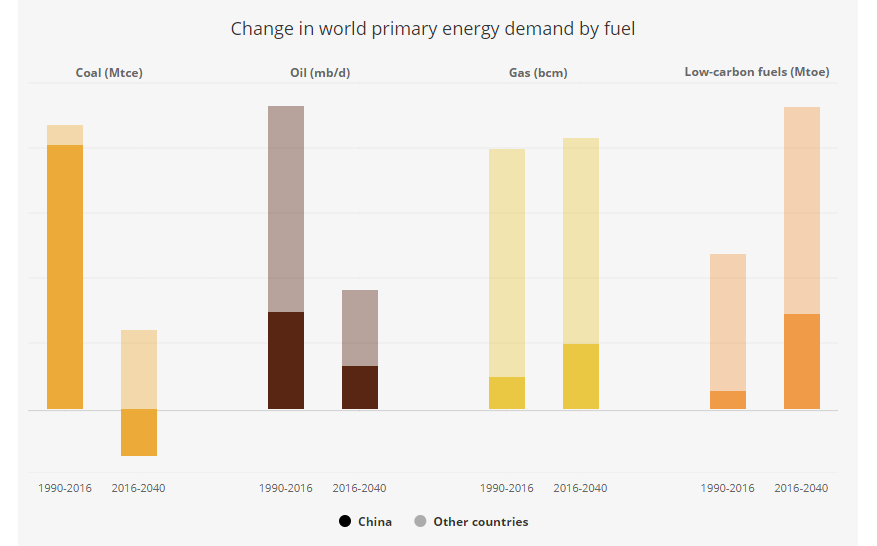
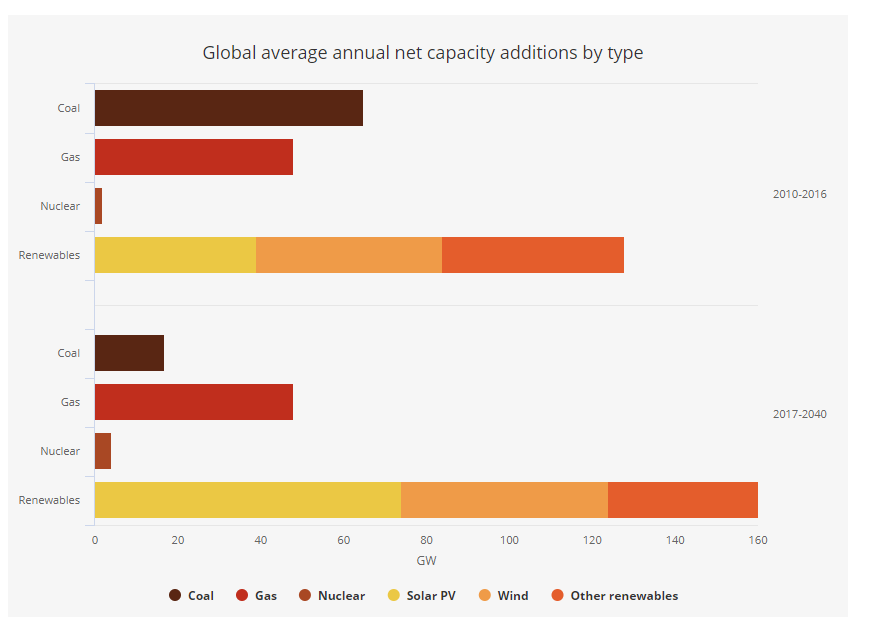
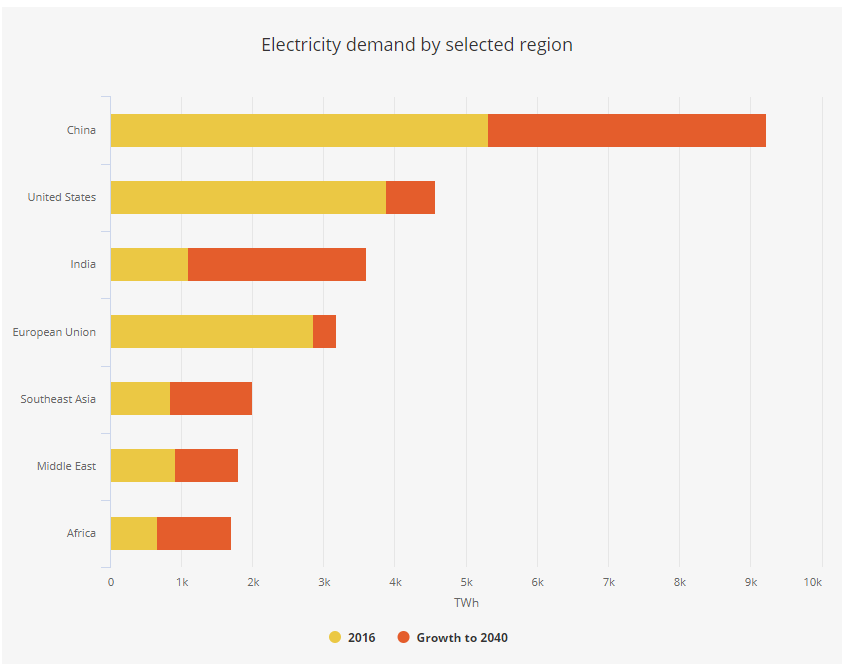

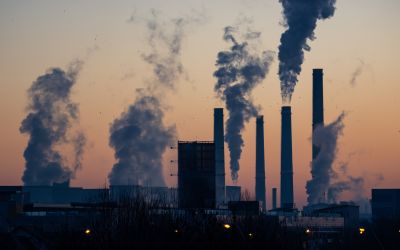


_400_250_80_s_c1.jpg)
